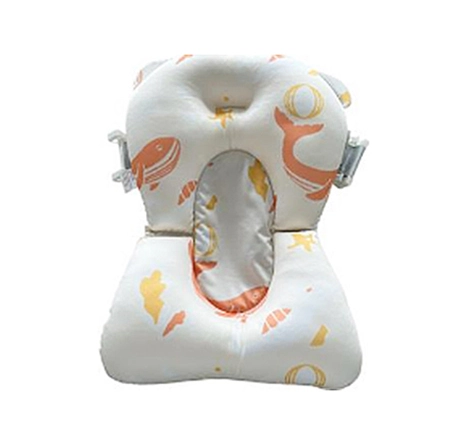If you are mainly feeding with formula, in addition to breastfeeding your baby, you also need to spend some effort on pumping milk. If you have mastered the skill of hand expressing milk, then hand expressing milk is definitely the preferred method. Compared to inexperienced hand expressing, a suitable electric breast milk pump may help you save some pumping time and make it easier. With manual breast pumps, the strength is not easy to control, which can easily lead to nipple damage. On the other hand, if you use the breast pump frequently throughout the day, manual pumping can be tiring, so it is not recommended.
If you breastfeed frequently, but not for a long time each session, you can pump immediately after your baby finishes nursing, and you will still be able to express some milk. If you are unable to pump immediately after feeding and cannot express any milk, you can wait for half an hour to one hour before pumping again. It may take you half an hour to an hour to pump milk each time, and it can be exhausting. However, the length of time spent pumping milk is not the most important. Pumping every two hours for 15 minutes each time will result in a greater total amount of milk compared to pumping every four hours for half an hour or more each time, which will lead to better milk supply. The frequency of pumping is more important than the duration of each session. Our goal is to pump milk as often as the baby feeds, or even more frequently. A breast pump is a tool specifically designed to extract milk from the breast. Using a breast pump allows the baby to successfully drink precious breast milk from the mother and also relieves the pain of engorgement. There are two types of breast pumps, and electric breast milk pumps are recognized by many mothers as a postpartum aid due to their convenience and efficient performance. A breast pump can stimulate milk production and increase a mother's milk supply. It is particularly useful for premature babies or babies who cannot latch onto the breast.
Automatic breast milk pumps increase efficiency with alternating modes.
The first thing to consider when it comes to automatic breast milk pumps is their efficiency. Electric breast milk pumps are more efficient than manual pumps, and they provide better results while saving a mother's energy. For example, a breast pump with alternating modes has higher efficiency.
Automatic breast milk pumps allow for adjustable settings to avoid pain.
Every mother has a different tolerance for pain, so the acceptable suction strength of a breast pump will vary. It is recommended to choose an electric breast milk pump that allows for adjustable suction strength, so you can choose the level of suction that you can tolerate, and have a comfortable breastfeeding experience.
Automatic breast milk pumps have thoughtful designs to prevent backflow.
Many mothers may be concerned about the issue of backflow with automatic breast milk pumps. This not only increases the trouble of cleaning, but also increases the risk of device malfunction, shortening its lifespan. Therefore, it is recommended to choose an electric breast milk pump with a backflow prevention design to ensure its durability.
Automatic breast milk pumps are easy to operate and learn.
The simplicity of operation for an automatic breast milk pump is important for mothers. Taking care of the baby already requires a lot of attention and mental energy, so if the design of an electric breast milk pump is too complicated, it will only make breastfeeding more troublesome for mothers. When choosing, it is important to consider whether the breast pump is easy and convenient to use.













